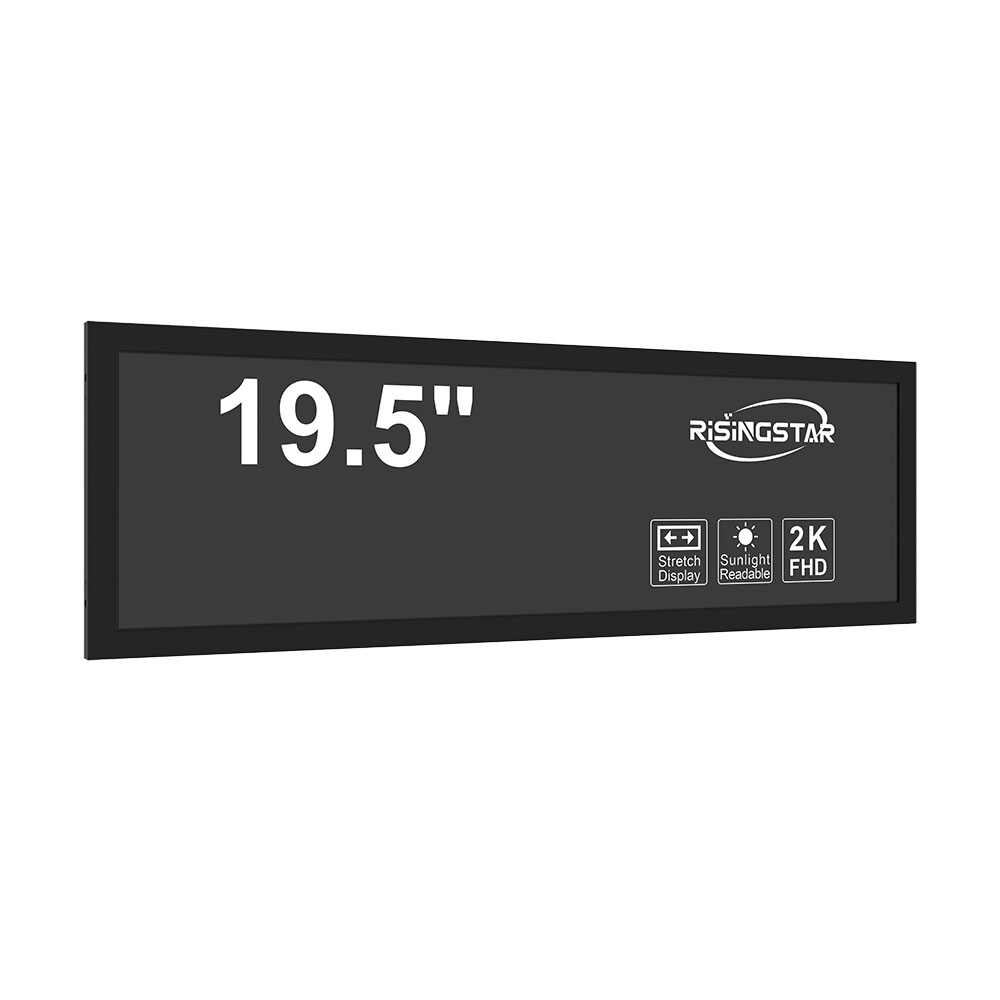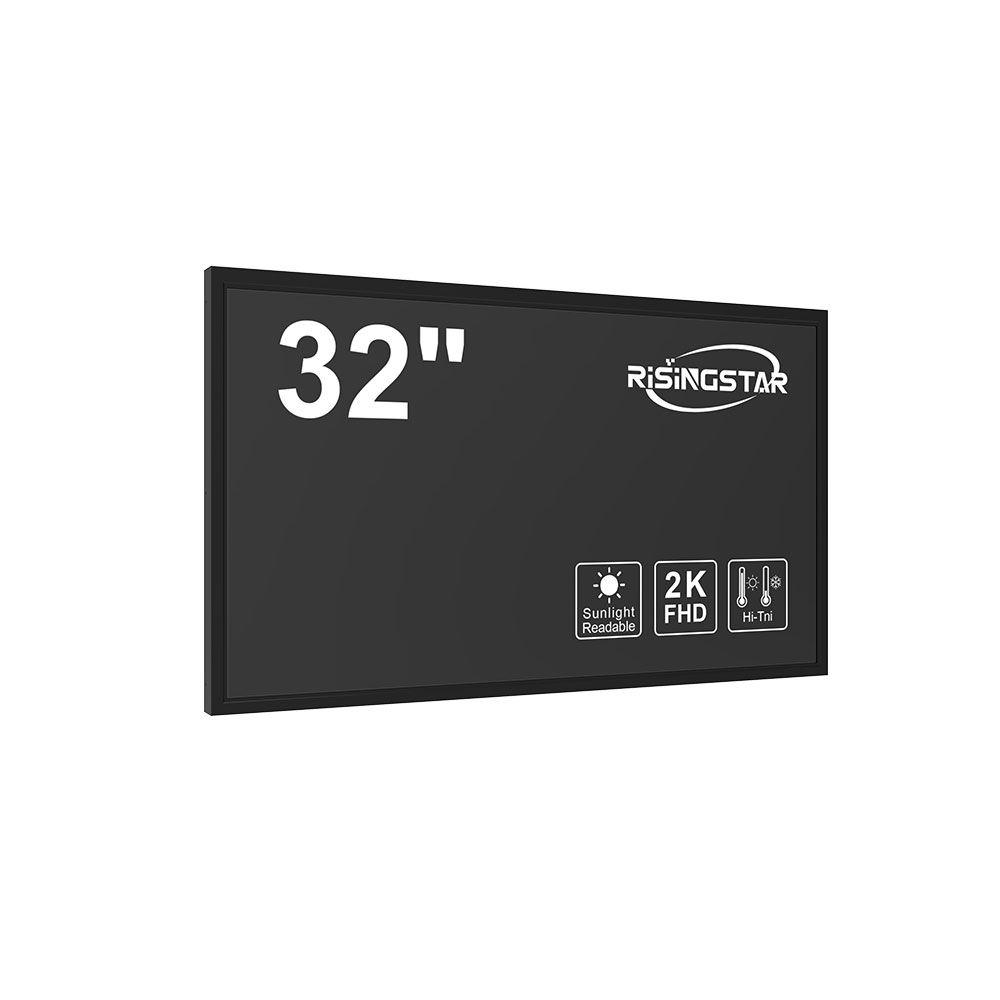- Home
- About Us
- Products
- News
- Video
- Contact
- Send Inquiry
Search
- Home
- About Us
- Products
- News
- Video
- Contact
- Send Inquiry

When deploying an outdoor LCD screen for commercial, industrial, or public use—whether for digital signage, advertising, or information display—the choice of display technology is critical. Unlike indoor screens, outdoor units face extreme environmental conditions such as high temperature fluctuations, UV exposure, humidity, rain, dust, and even physical impact. Therefore, selecting a robust, reliable, and highly visible outdoor LCD screen requires understanding both technical specifications and real-world performance metrics.
Environmental Resistance: IP Ratings and Ingress Protection
A key factor in durability is the screen’s Ingress Protection (IP) rating. For example, an IP65-rated outdoor LCD panel offers full protection against dust (6) and water jets from any direction (5). This level of protection is essential in regions with frequent rainfall or coastal environments where salt spray can corrode internal components. Industry standards like IEC 60529 define these ratings, ensuring consistency across manufacturers. Always verify that the screen meets or exceeds IP65 for basic weather resistance, though IP68 may be necessary for submersible applications or harsh desert climates.

Brightness and Contrast: Optimizing for Daylight Readability
Outdoor visibility hinges on peak brightness. While typical indoor displays offer 300–500 nits, outdoor screens must reach 5,000 to 10,000 nits to remain legible under direct sunlight. High-brightness LED-backlit LCDs or OLEDs are commonly used, but the latter has limited outdoor viability due to faster degradation under UV exposure. Professional-grade outdoor LCDs often employ local dimming and dynamic contrast enhancement technologies to maintain image quality without excessive power draw—a balance vital for energy-efficient deployments.
Temperature Range and Thermal Management

Operational temperature ranges matter significantly. Most industrial-grade outdoor LCDs support -20°C to +70°C, which is suitable for most global climates. However, extreme cold or heat demands advanced thermal solutions like passive heat sinks, active cooling fans, or heating elements inside the housing. A case study from a major airport in northern Europe showed that using a screen rated for -30°C with built-in heaters reduced failure rates by 68% during winter months compared to standard models.
Panel Technology: IPS vs. TN vs. OLED

For outdoor use, In-Plane Switching (IPS) panels are preferred over Twisted Nematic (TN) due to wider viewing angles (up to 178°) and better color consistency. While OLED offers superior contrast, its lifespan in sunlight is shorter than IPS-LCDs—typically 30% less under constant UV exposure. Leading manufacturers like LG, Samsung, and NEC now produce ruggedized IPS panels specifically engineered for outdoor deployment, incorporating UV-stable coatings and anti-glare treatments.
Mounting and Structural Integrity
Finally, consider mechanical design. Outdoor screens must withstand wind loads, vandalism, and vibration. Use aluminum alloy enclosures with shock-absorbing mounts, and ensure mounting brackets comply with ASTM A572 structural standards. Some installations, such as those on highway billboards or transit stations, require additional certifications like UL 1993 or EN 60950 for safety compliance.
By aligning screen specs with your environment, usage duration, and maintenance capabilities, you can future-proof your investment in outdoor digital signage.